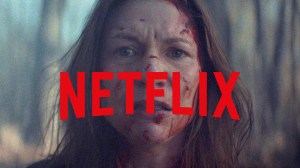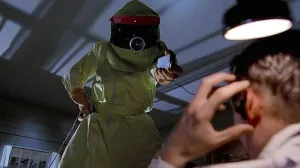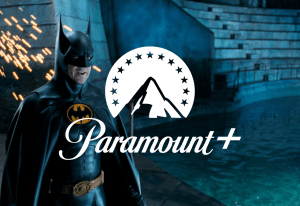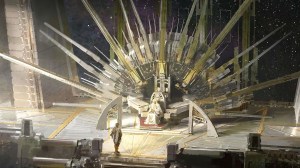DC Studios has officially launched the new DCU franchise with the premiere of the new Creature Commandos, and the imminent arrival of the new Superman movie trailer. ComicBook was able to visit the set of Superman and speak with DC Studios head James Gunn. During that conversation, the subject of building a shared universe was a main topic of focus; Gunn made it clear, in no uncertain terms, that the DCU has learned from mistakes of the past, and will be avoiding one staple of the Marvel Cinematic Universe or former DC Extended Universe: the use of extraneous “button” scenes to set up the next chapters of the franchise.
Videos by ComicBook.com
James Gunn’s Superman movie will be plunging viewers into a fully formed DCU, which already has its heroes and villains in costume and operating across various corners of that world (globally, cosmically, mystically, and street level), and a lot of history behind it. There’s already a confirmed cast that includes at least half a dozen DC character cameos — from heroes like Mister Terrific (Edi Gathegi), Guy Gardner’s Green Lantern (Nathan Fillion), Metamorpho (Anthony Carrigan), and Hawkgirl (Isabela Merced), to villains like Maxwell Lord (Sean Gunn), and even some interesting in-betweener anti-heroes like The Engineer (María Gabriela de Faría) and Rick Flag Sr. (Frank Grillo).
It wouldn’t be crazy for a casual viewer to wonder — if not worry — about Superman being overly stuffed with characters. After all, there are plenty of examples of superhero franchise films (Iron Man 2, Batman v Superman: Dawn of Justice) that get utterly lost setting up future shared universe developments — it’s a precarious balance for any film to maintain. However, according to Gunn, he didn’t let the larger DCU divert his focus away from servicing the story of his Superman film, first and foremost.
According to Gunn, there are “maybe two little things, two moments,” in Superman dedicated to setting up the future of the DCU — but that’s it. As Gunn sees it, “If
something’s there just to set up something else, f-ck it. I even say that.”
In his longer breakdown of his approach, Gunn talked about the economy of a movie’s screen time and the need for “every beat” to be servicing the movie at hand — not selling fans on new projects coming down the pike. He went on to point out that adding extraneous elements like post-credits scenes never needs to be part of planning and making the actual movie — they’re something that can be added later, explaining, “Those things can be cut by the time we get to the editing room.”
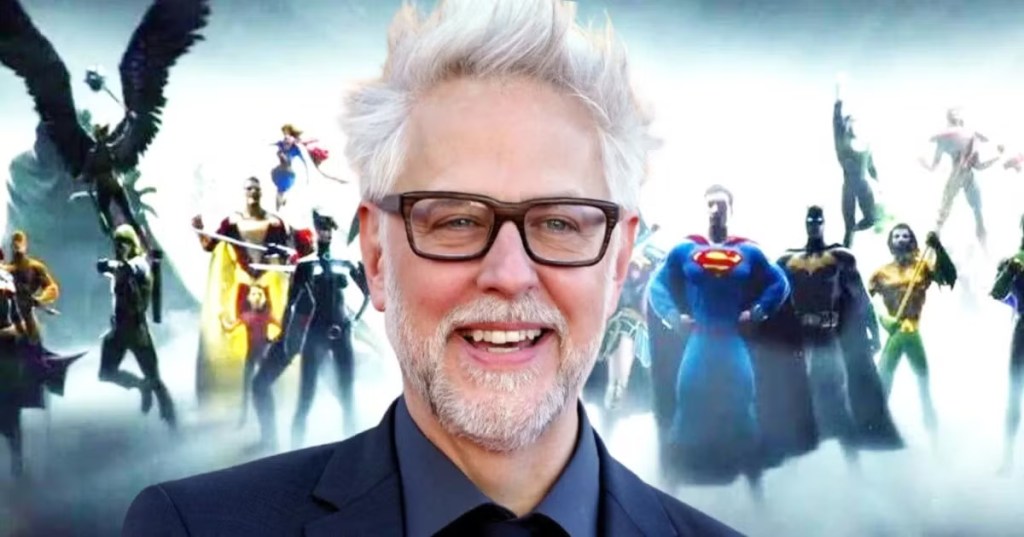
In a more diplomatic statement, Gunn basically indicated that it’s okay for superhero movies to either use their main run time teeing up future projects, or use extraneous post-credits teasers — so long as the main film is still a complete, standalone work.
“If that [post-credits scene] works in tandem with setting up characters that exist in other media, then that’s great. If this sets up stuff in Peacemaker, which it does, then that’s great,” the filmmaker detailed. “But that is never, ever, ever, with me, going to be something that I’m going to sacrifice even a moment or a beat in a story for, especially a movie. With TV, you’ve got a little bit more leniency to be able to do that. But in a movie, every beat has to be in there for the movie itself.”
“Everything needs to stand by itself,” Gunn continued. “I don’t want somebody to have to go see this movie and be relying on anything else. Now listen, once we get down the line, that may change a little bit. In Guardians [of the Galaxy], what did you have to see in Guardians 3 to really understand it? You’d be better off seeing the first two Guardians, but even [Avengers:] Infinity War, I explained it in an elevator, the whole plot. It’s like trying to keep things as simple as possible so you don’t have to have homework, especially TV shows that some people aren’t into.”
Gunn and his DC Studios co-head Peter Safran are indeed playing a very ambitious game with their en media res approach to the DCU. With Creature Commandos and Superman both painting brushstrokes of the larger DCU as they tell character-focused stories, it seems like there will be far less need for post-credits scenes, as the focused story of a DCU film will organically create clear bridges to what’s coming next, before credits ever roll. James Gunn has always been more of a “the real ‘movie’ only counts before the credits” type of director; it’ll be interesting to see if studio demands or fan familiarity ultimately makes DC Studios keep the post-credits scene tradition alive.
Superman will be released in theaters on July 11, 2025.

